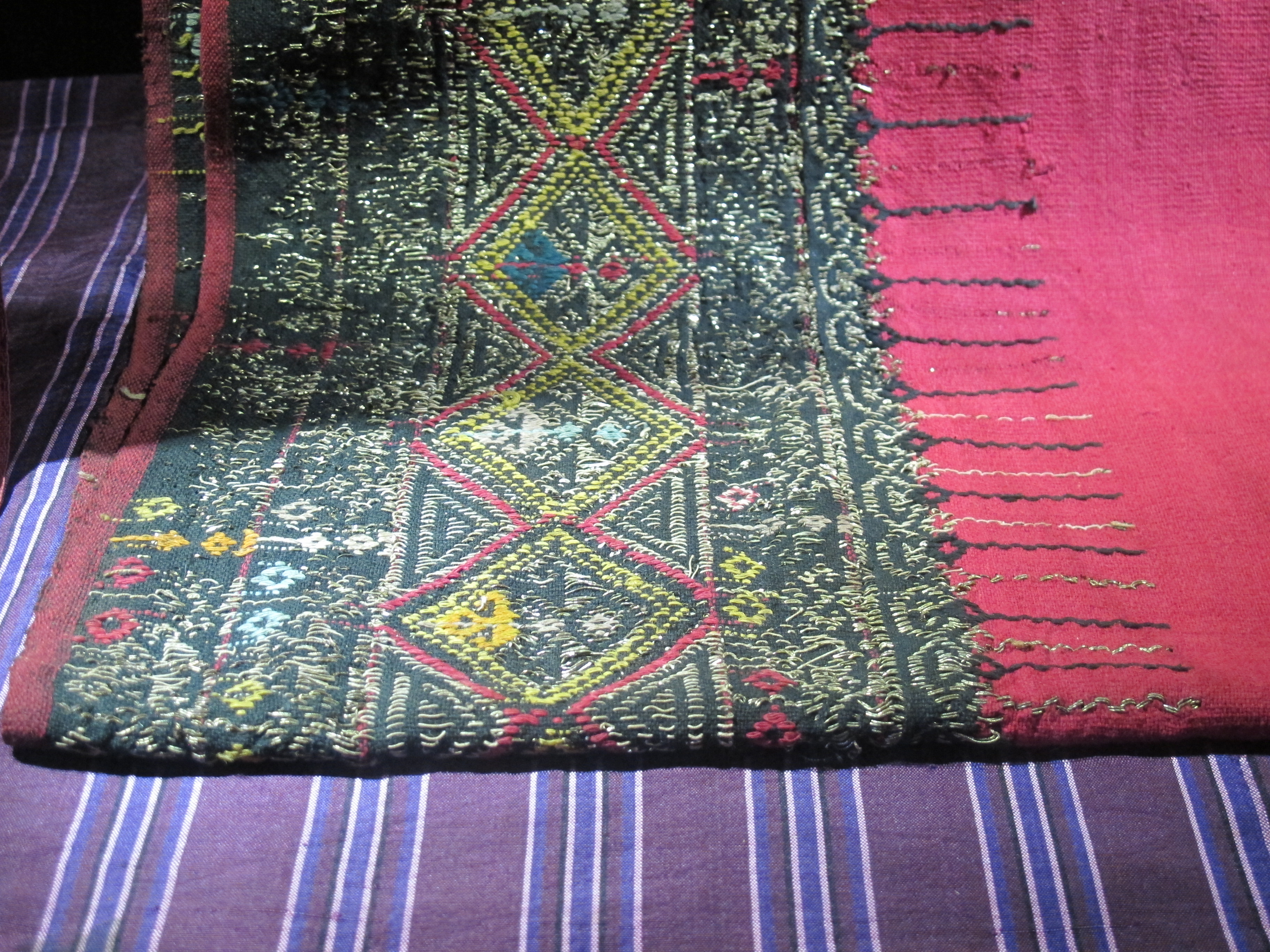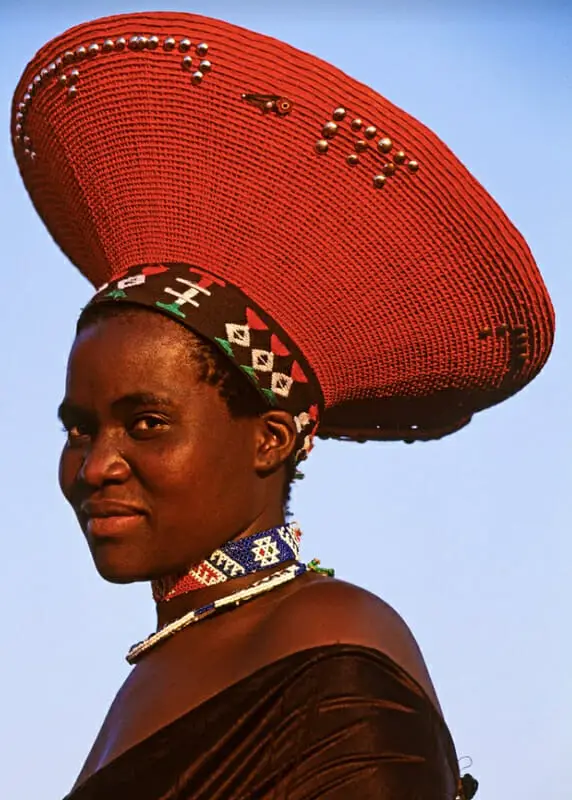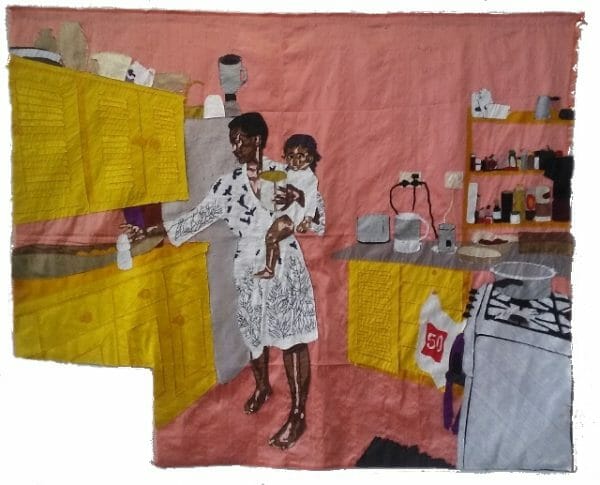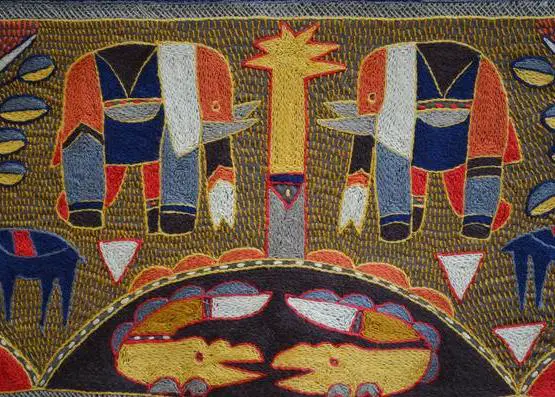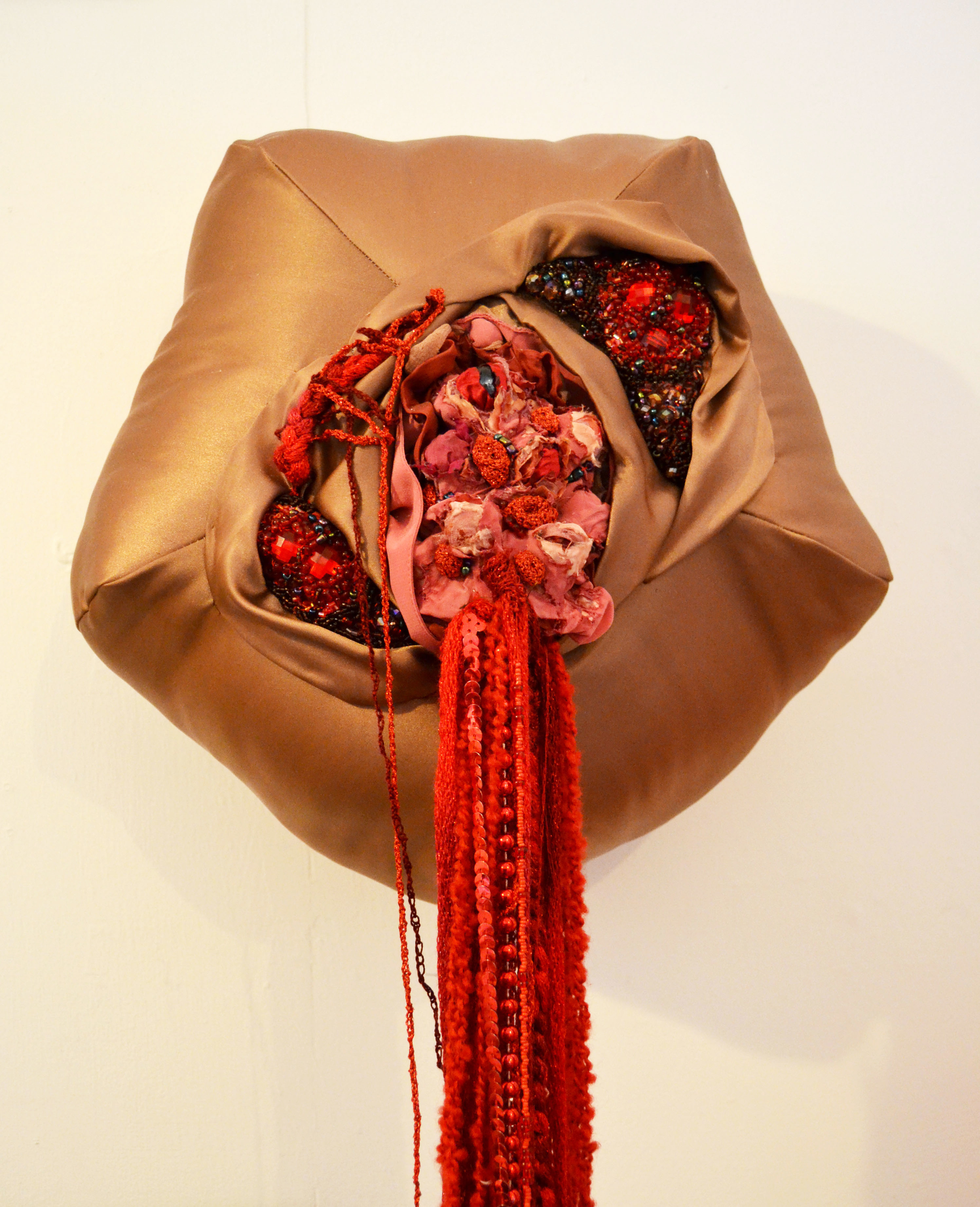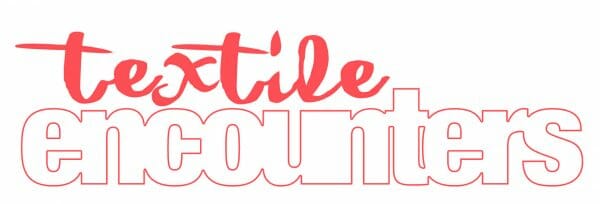
Patricia Cheesman spent most of her childhood in South East Asia, finished her schooling and studies in the UK and Europe, before returning to Asia with her husband in 1973. She was working for the UN on a ceramics development project in Laos when she bought a silk healing cloth from a local woman in Vientiane. Little did she realise at the time, that this simple piece of textile will change the course of her life…
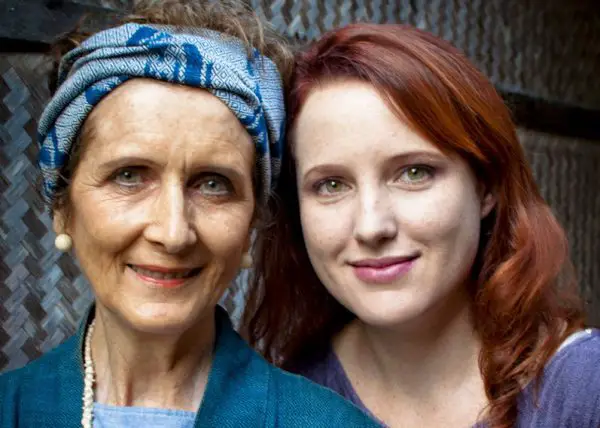
Her interest and research in weaving and natural plant dyes led her to Chiang Mai in northern Thailand, which she now calls home. She has been a lecturer on ceramics and textiles at the University of Chiang Mai since 1985. Studio Naenna, her weaving enterprise started out in 1986 as a small studio, today it is housed in a Traditional Thai dwelling on a big overgrown property at the end of a narrow, winding road.
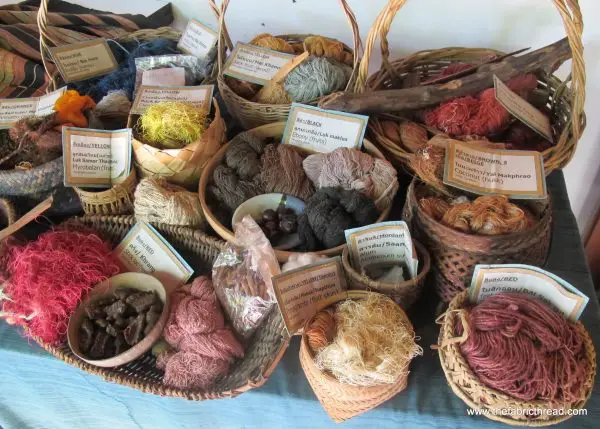
On my visit to the studio late last year, I was welcomed by studio manager, designer, and Patricia’s daughter, Lamorna. She took me on a grand tour of the property starting at the indigo plantation. Here they cultivate two varieties of the plant, the local broad-leaf indigo as well as the smaller leaf Indian indigo. While Lamorna explained how they harvest the leaves and make the indigo paste, she took me around to where the dye vats are located under an open sided roof structure.
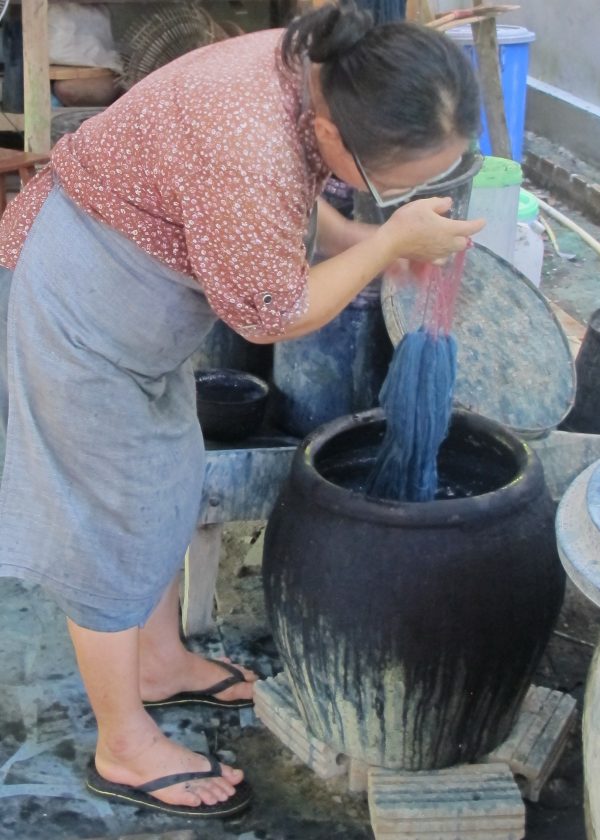
Here I watched while their indigo expert dyed several lots of cotton thread ready for weaving. The indigo vat at the studio has been alive for twenty years and are treated with great respect. It was an honour to see it in action.
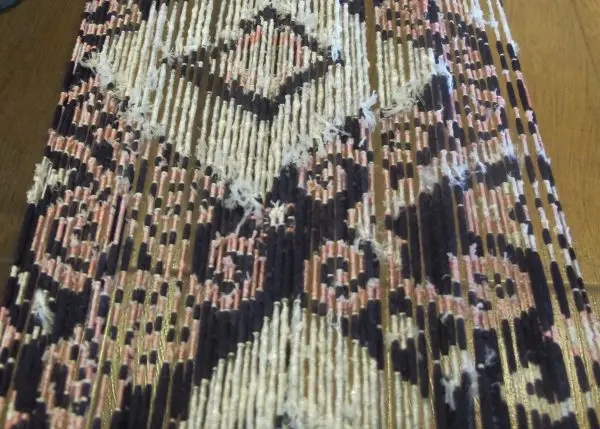
From there Lamorna took me inside to see the ikat weaving in progress. Ikat weaving is a very intricate method of creating textiles, involving many different steps of binding, dyeing, rebinding, and redyeing of the warp threads. Once these threads are on the loom the neutral weft threads are woven in to reveal the intricate design.
Many of the plants used for dyeing are grown on the property. Roots, barks and seeds from other indigenous plants are collected in a sustainable way from local forests. The cotton and silk threads are sourced commercially, eco-dyed and then woven in the traditional style of the Lao and Tai people.
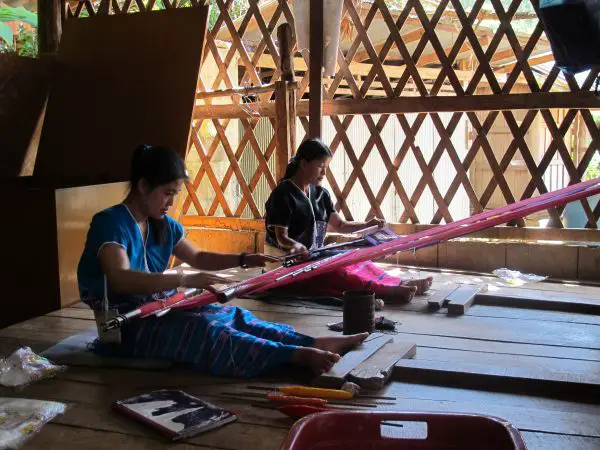
The women working on the harvesting, dyeing, and weaving are part of the Studio Naenna family and members of Weavers for the Environment (WFE.) Patricia founded this group in 1986 when she arranged an exchange programme with weavers from different parts of Thailand whom she knew from her many years of field research. The aim was to exchange weaving skills and dye knowledge. She also presented workshops on the safe use of chemical dyes and the building of grass-roots waste disposal units.
Studio Naenna is the marketing arm of the WFE. They reward the weavers by piece which frees the women from regular work and preserves their cultural way of life so they can attend village ceremonies, help in the community and take care of their families. The Studio provides the equipment, handles the orders and marketing, and guide the weavers in sustainable design and technique. Over 80 traditional ikat designs are produced in traditional and new colourways.
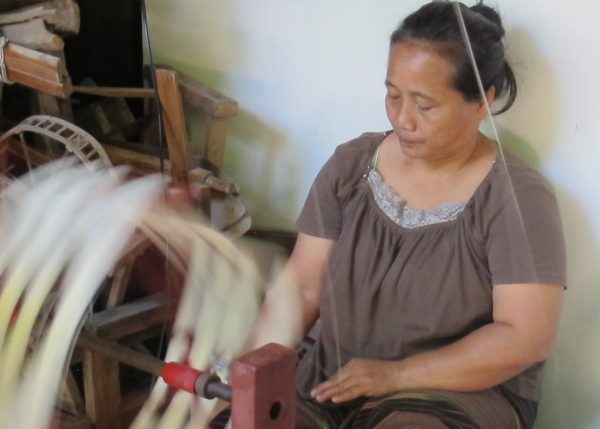
Patricia’s work as a lecturer, researcher and educator are invaluable. Her documentation of the traditional textiles of the Lao and Tai people ensures the survival of this cultural history which would otherwise have felt victim to revolution, displacement and modernisation. Her work at the university ensures that this knowledge stays alive and will be available to the next generations.
I loved every minute of my visit to the Studio. Lamorna was an excellent and most gracious tour guide. I only spend a few hours there, but it didn’t take me long to understand that textiles are not just a commodity here. It is a livelihood, a culture and the reason behind everything they do.

